Bulgarian split squats make an ideal option to add to any leg or lower body exercise. This single move comes with many advantages and will cause you to have unstable legs. It’s a fantastic option to replace traditional squats. It will strengthen your lower body, focusing on your quads, resulting in bigger, stronger, thicker legs. All you require is a sturdy bench or chair, and your preferred weights, which don’t need to be as hefty as those you are using in your bilateral workouts. You’ll soon be able to be able to feel the burn!
Bulgarian Split Squat Benefits
As a compound, single-leg move The Bulgarian split squat has many advantages. It’s a fantastic exercise to fix weaknesses in the lower body since it focuses on each side in a separate way. It’s also an excellent method to increase your core strength as it activates all your muscles that stabilize and support your core which results in improved fitness and posture. Additionally, it’s ideal for those with injuries or lower back pain because you can overdo the resistance with less effort, without using the same amount of weight as you would for a typical back squat. This means it reduces the pressure away from the back. It’s also ideal to do at home, since it doesn’t require as large weights. Additionally, it’s an extremely efficient exercise that targets every one of your muscle groups in your lower back, focusing on your quadriceps and strengthening ankle and hip flexibility.
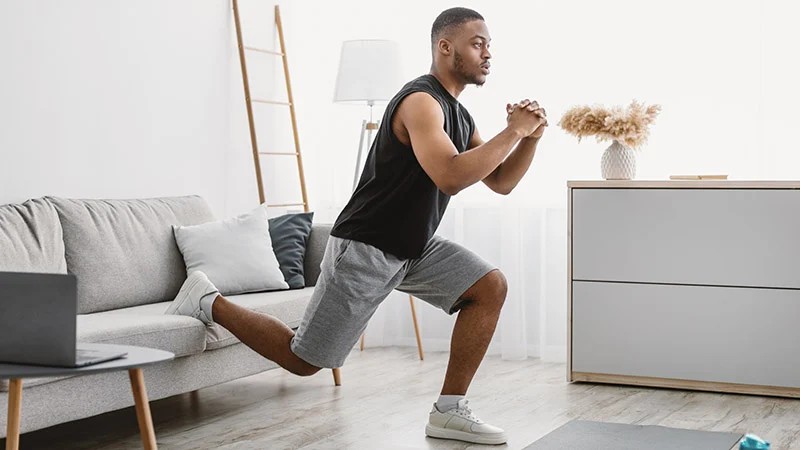
Bulgarian Split Squat Muscles Worked
This Bulgarian Split squat a powerful move that gives you an enormous amount of value while focusing on the lower body. The shift in posture from a standard squat puts the focus on the quads to create a pain you’ll definitely feel. But, this exercise also strengthens the hamstrings, glutes as well as the calves. you’ll feel all of it on your foreleg. Furthermore, as an unilateral movement it will force the spine erectors as well as other muscles for stabilization through the lower back and hips to work, thereby building strength in this region. In addition, since it is an all-joint compound can also help improve flexibility and mobility through the hip and ankle.
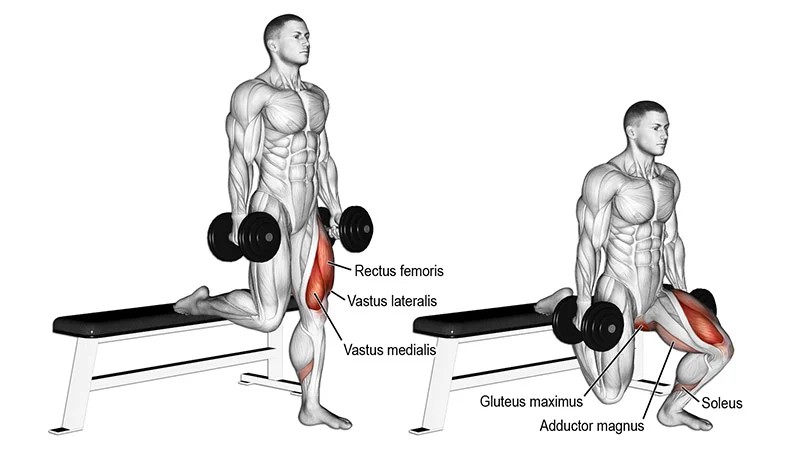
Bulgarian Split Squat form
Making sure you have the correct form to perform your Bulgarian split Squat is crucial. It’s all about having the right posture of your feet and ensuring your knee is exactly where it needs to be. Also, you should focus on keeping a straight, tall back, and moving up and down in a vertical plane, not pushing back and forth which is a common mistake. Dumbbells are the most popular option for weights because they’re simple and easy to access. But, you could also make use of kettlebells or push yourself by using barbells placed on the shoulder’s back to give you a different option.
Execution
- Place your back on your bench about two feet from the bench, and have the weight you have chosen set to go.
- Put one foot back on the bench, keeping the upper part of your foot resting on the bench. Make sure you don’t put your back foot right next to your front foot. Instead you should aim for your hip or a little wider than the an inch or so from your hips.
- Maintain your posture with the back straight and your keep your chest up, and your core engaged.
- Begin by squatting and then straighten your body to make sure that your knee is in line with your front toes. Ensure that you don’t move your upper body to the side.
- When you finish the exercise the knee should be about an inch or two off of the ground. You could utilize a weight plate or folded towel placed on your knee to guide you should you need to.
- Make sure you straighten your front foot by using your glutes and quads to help you power through the move.
- As you ascend, stay mindful that you don’t push backwards instead of going up. When you reach at the highest point of your movement aim to reach the full extension of your hips.
- You can perform your preferred number of reps. Then repeat the same exercise on the opposite leg.
Bulgarian Split Squat Variations
If you’re looking to change the look of you Bulgarian split squat there are a few variations that you could consider. In essence, there are three different versions that split the squat, the standard one, Bulgarian or rear foot elevated as well as front-foot elevated. All three versions offer the benefits of a fantastic lower-body workout that helps to correct any imbalances and increases your balance and strength. Within these, you could change the types of weights that you employ to choose from single or double kettlebells or dumbbells to barbells that can be held either in the behind or front.
Standard Split Squat
In a typical split squat both your feet are planted on the ground. This is the most basic version of this exercise and is an excellent beginning point for newbies. You can make it more challenging with dumbbells, kettlebells, and barrels loaded with either front or back.
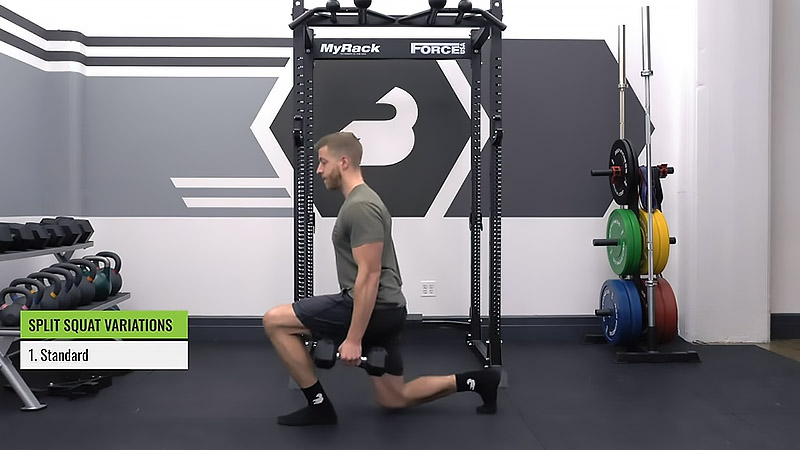
Rear Foot Elevated, or Bulgarian Split Squat
It is the Bulgarian split squat which is also known as the rear foot elevated split squat is among the most popular variants. It increases the load on the front leg and provides the hip extensors and flexors more flexibility. The sensation is easy to sense the heat by this movement and is easy to build up regardless of your equipment.
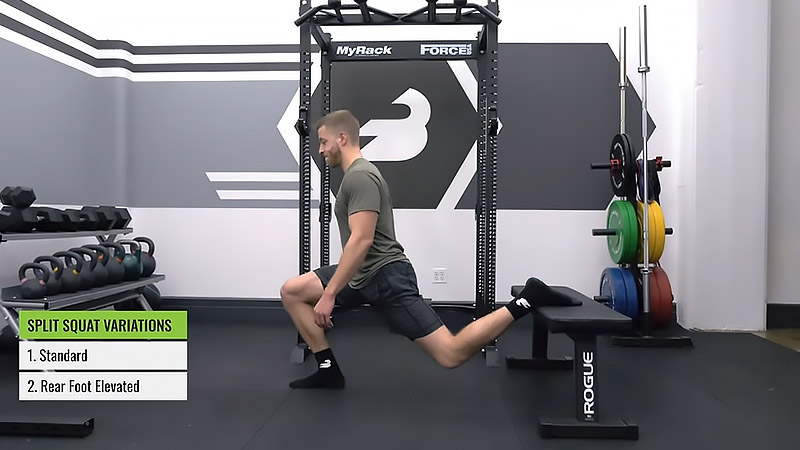
Front Squat with Foot Elevated
When you perform a front-foot raised split squat, your front foot is placed on a more elevated surface, like the weight plate or the low-step platform. The result is a decrease in the weight to the lower leg and relieves the strain off the knee. In addition, it provides more flexibility for your back foot, and this may be needed for those with longer legs. This is a great alternative for those who are just starting out and who has trouble to maintain hip mobility.

Bulgarian Split Squats vs Lunges
Split Squats and lunges appear identical. The primary distinction between these two exercises is foot placement and the involvement. The split squat (and variations of it) are a stationary exercise which keeps your feet in the same place. It’s best to put 80-90 percent of your bodyweight on your front leg, thus focusing on the glutes and quads in the leg. This is a great exercise for people who are still adjusting to a unilateral approach, as there’s less movement in general. The lunge, however, is a more vigorous exercise that involves both legs, and works the hams, quads, and glutes in a more balanced manner between the legs. It is possible to do lunges in reverse, front or sideways, and repeat only one side, or alternate the leg that is leading. Explore them all to find the one that will work best for you and strengthens the muscles you desire.
Bulgarian Split Squat Tips
The Bulgarian split squat is an advanced exercise, and can be difficult to master. Proper form is crucial in order to prevent injuries and gain maximum benefit from your effort. Remember you would like all your effort and sweat to pay off. Therefore, here are some strategies and tips to ensure you master this technique and achieve amazing outcomes every time you do it.
Don’t allow the Front of Your Knee Go beyond your Toes
The first step is to ensure that your knee doesn’t extend past your toe. If your knee extends over your toes, it could cause knee pain and cause unnecessary strain upon the joint. To prevent this from happening, concentrate on keeping your hip hinging when you descend. You should then move straight down so that your knee is in alignment with your toes. It may also be necessary to experiment with the position of your feet to find the ideal position.
You can Push Yourself Up through the Heel
Another method to reduce knee pain or stress is to push upwards through your heels. By doing this, you’ll be sure that you’re not bending forward too often and placing your weight on your feet. This could happen in the event that your foot positioning isn’t in the right place, or you’re leaning your upper body too far forward, and require your feet to counterbalance.
Initial Start Very Light and Increase Gradually
Since the Bulgarian split squat is an advanced exercise, it’s crucial to concentrate on achieving the right technique before putting on weights at first when starting out. This will allow you to strengthen your balance, prevent injury and help you achieve the most effective outcomes. So, begin by using just your body weight or dumbbells that are light when you are first adding this to your exercise routine.
Put a marker on the Ground as a Reference Point
It could take a bit of trial and error, and some moving around to locate the ideal front foot position. Once you have found the right spot, you can ensure that the subsequent sets are simpler by marking your foot’s position by using something like an exercise plate or a water bottle. This way, you’ll be able to make use of it as a simple reference for repositioning each time.
Don’t allow Front Knee to Cave Inward
Another frequent form error is a bent knee. Based on your strength and imbalances in your mechanical system it could begin to move outwards or downwards. If this occurs, you’ll have to be vigilant about keeping it in alignment by your feet. This might mean you needing to pull back towards the outside or inwards to counteract any movement that is unconscious.
Use Wrist Straps to Get More Grip
Once you have perfected your form and begin to load up the Bulgarian split squats using more weight, you could feel your grip becomes fatigued. If this occurs, you can use wrist straps to alleviate this fatigue so that the possibility of falling the dumbbells won’t distract you or distract you on the correct technique.
Experiment with Your Distance From The Bench
The way you put your front foot during the Bulgarian split squat depends on the body’s structure as well as the goals you want to achieve. The farther away you are of the bench the greater the emphasis will be placed on the hamstrings and glutes. But, it could create more strain on your lower back. In contrast, if you’re trying to increase the strength of your quads, make sure to keep your front foot close than the bench. This puts more stress on your knees and thighs and you should keep this in mind when deciding on the foot position. Opt for what feels most comfortable. It’s not worth inflicting or aggravate injuries.
Bulgarian Split Squat Safety
Being safe when you do exercises like your Bulgarian split is extremely crucial. The most effective method of doing this is by using the proper technique. If you find it difficult to maintain your balance when performing the traditional split squat you may want to hold back from trying this Bulgarian variation. You’ll also have to start slowly by starting with light weights and ensure that your setup is right. You should ensure that your rear foot offset bit from your front foot and not in direct line behind. It’s designed to aid in to balance, but should not do any work. When you’ve got your feet in the correct position, make sure to lower straight down, without leaning to the side; otherwise you’ll shift your centre of gravity, putting additional stress onto your knee. Remember that you should keep your knee in a straight line and to avoid stepping on your toes, or pushing forward instead of upwards as you rise.
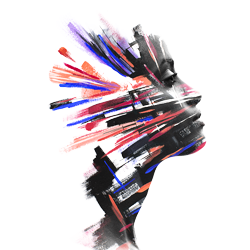





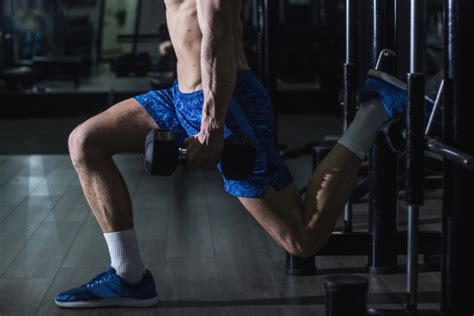






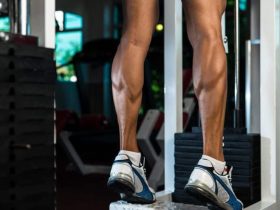





Leave a Reply